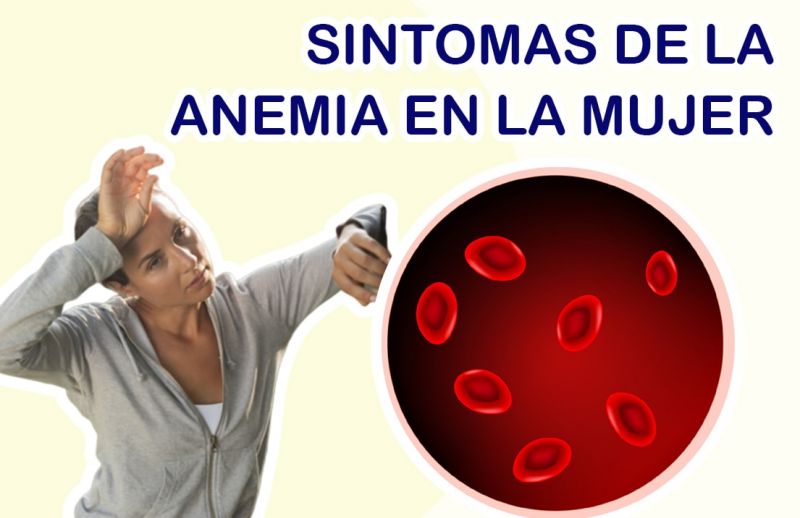

His Wright-Giemsa-stained peripheral blood smears revealed anisocytosis with microcytosis, which was characteristic of iron deficiency. His hemoglobin level was 8 g/dl and his serum ferritin was 11 ng/ml. Our second patient is a 62-year-old Caucasian man who presented with bleeding from colonic polyps. When asked about ice-cube eating, she stated that she drank and sucked ice cubes from at least two super-sized McDonald's cups filled with ice on a daily basis. Her peripheral blood smear revealed poikilo and microcytosis. Her hemoglobin level was 10.2 g/dl, mean corpuscular volume (MCV) was 68 fl and serum ferritin was 8 ng/ml. Her heavy bleeding required approximately two boxes of tampons for every month of her menstrual cycle. She has experienced unusually heavy periods of bleeding for 12 months prior to her presentation to our medical facility. Our first patient is a 36-year-old Caucasian woman with dysfunctional uterine bleeding.
Pica anemia manual#
Each patient fully meets the criteria for pica from Diagnostic and Statistical Manual of Mental Disorders and suffered from severe iron deficiency anemia. We believe that this was due to advances in technology and changing cultural customs. Here we present three patients who demonstrated subtle changes in pica associated with iron deficiency. We have also noted that although the ingestion of excessive amounts of ice (pagophagia) is an unusual symptom, its presence has invariably been associated with documented cases of iron deficiency anemia. Over a period of 30 years, our group has evaluated a monthly average of one to two patients with iron deficiency. Surprisingly, we found that the majority of primary care physicians are unaware of pica symptoms. When associated with iron deficiency, most physicians believe that pica is an effect rather than a cause. The exact etiology of pica remains unclear, but it is significantly associated with iron deficiency anemia. These patients are susceptible to electrolyte and metabolic disorders, lead and mercury poisoning, hypokalemia (from resinphagia), parasitic infections, tooth wear, intestinal obstruction, and various problems of the gastrointestinal tract.

Pica poses significant health risks that often require medical interventions.

A small percentage of patients have iron deficiency anemia. Worldwide, 25% to 33% of all pica cases involve small children, 20% are pregnant women, and 10% to 15% are individuals with learning disabilities.

Although pica is most prominent in individuals with developmental disabilities, it has been observed in men and women of all ages and ethnicity, but is more prevalent among the lower socioeconomic classes. Since then, many cases of pica have been reported where patients have acknowledged ingesting ice cubes (pagophagia), clay (geophagia), dried pasta (amylophagia), chalk, starch, paste, Kayexalate resin (resinphagia), tomatoes, lemons, cigarette butts, hair, lead, and laundry starch (for example, Argo out of the box). One of the first cases of pica was noted in 6th century AD and was observed in a pregnant woman. The condition has been described in medical journals for centuries. Pica is an unusual craving for and ingestion of either edible or inedible substances.


 0 kommentar(er)
0 kommentar(er)
